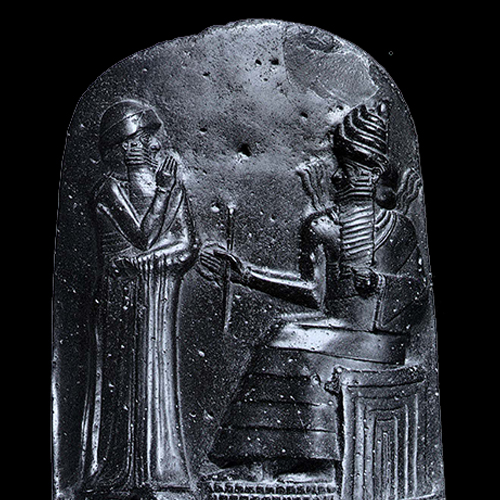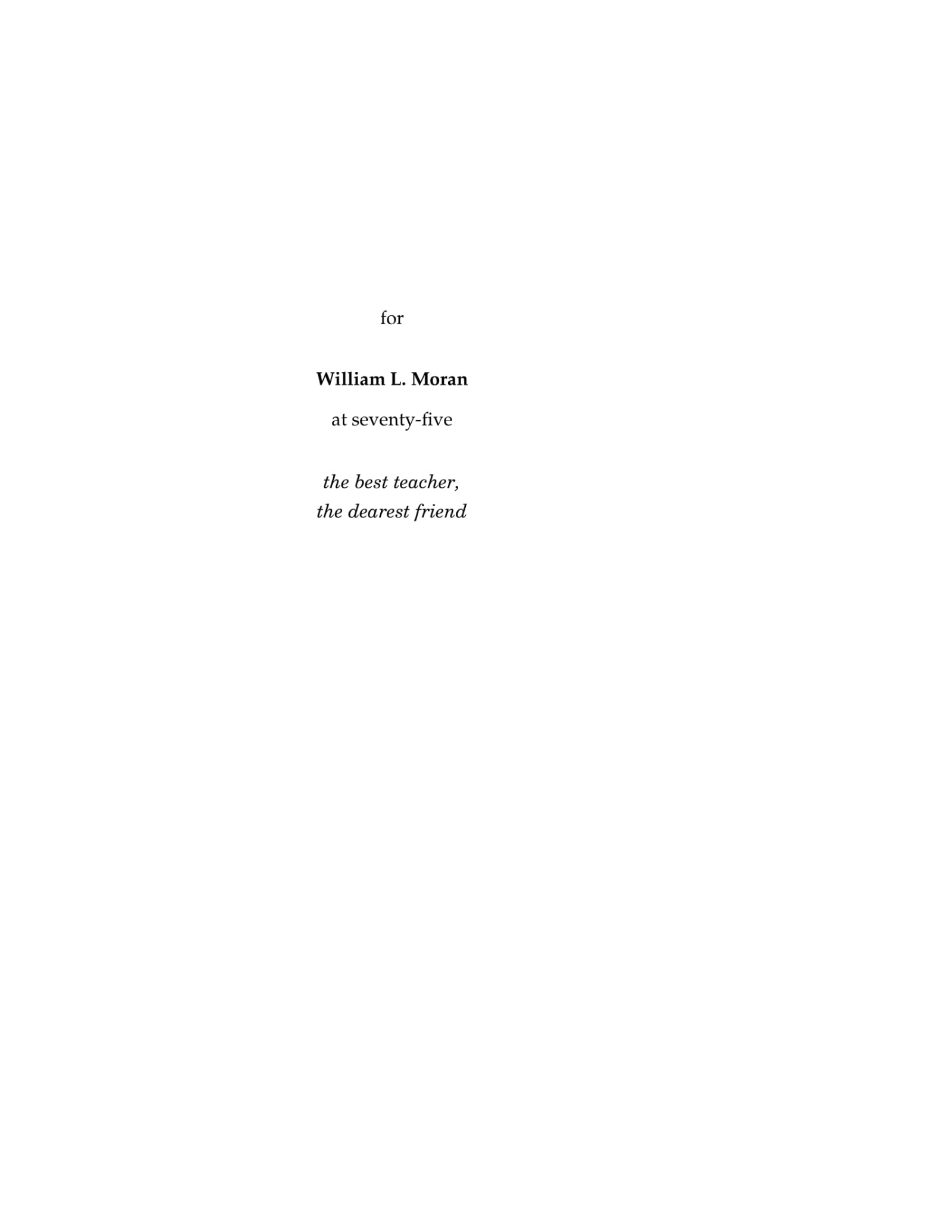About
Huehnergard's Akkadian Grammar is the gold-standard introductory text to Old Babylonian (Akkadian). In its third edition, the grammar text provides a thorough overview of Akkadian grammar used by the Babylonians. The appendix includes useful charts for verbs of different stems. Huehnergard is one of the world's most well-regarded experts in Semitic languages.
Source: OMNIKA
-
In the third edition of A Grammar of Akkadian, changes have been made in the section on the nominal morpheme -ån (§20.2) and the sections on the meaning of the D stem (§24.3) and the Gt stem (§33.1(b)); these revisions reflect recent scholarship in Akkadian grammar. Other changes include minor revisions in wording in the presentation of the grammar in a few other sections; a number of new notes to some of the readings; additions to the glosses of a small number of words in the lesson vocabularies (and the Glossary and English-Akkadian word list); and updates of the resources available for the study of Akkadian, and of the bibliography. A new appendix (F) has been added, giving Hebrew and other Semitic cognates of the Akkadian words in the lesson vocabularies. The pagination of the first and second editions has for the most part been retained, apart from the insertion of the new appendix and a few minor deviations elsewhere.
Source: Author or Publisher
expand_more Read more Read less
Access
Read for free
External sources
Primary
Myth
In the prologue, Hammurabi boasts about his intimacy with Marduk while giving him praise. Details about his own accomplishments are also pointed out, especially with respect to the enactment of justice in the world. Next, 282 laws are detailed. Many of them deal with divorce, taxes, medicine, theft, and familial matters. The famous phrase, "an eye for an eye," is also provided. The epilogue explains Hammurabi's authority as an arbiter of justice, as well as his divine authority.
Belief system

Akkadian refers to a culture that emerged in Mesopotamia during the third millennium BCE. The belief system included many deities, most of whom were later diffused into Sumerian, Babylonian, and Assyrian culture.
Myths cited
Belief systems cited
Primary
Basalt Stele (Monument)

The title primarily deals with this artifact.
Artifacts cited
It looks like only the main artifact was referenced in this work.
Other works
Book · 2013

This answer key to Huehnergard's Akkadian Grammar provides answers to the exercises at the conclusion of each lesson.
Website · 2021

The Electronic Hammurbi website provides a digital version of the Law Code of Hammurabi; and includes the cuneiform signs, transliteration, normalization into Akkadian (Old Babylonian), and an English translation derived chiefly from Huehnergard's standard Akkadian grammar. The website was created by Boban Dedović on February 2021 while he was studying Mesopotamian Law at the University of Chicago, and is operated by the OMNIKA Foundation, a 501(c)(3) nonprofit based in Las Vegas, NV.
Book · 2011

Huehnergard's Akkadian Grammar is the gold-standard introductory text to Old Babylonian (Akkadian). In its third edition, the grammar text provides a thorough overview of Akkadian grammar used by the Babylonians. The appendix includes useful charts for verbs of different stems. Huehnergard is one of the world's most well-regarded experts in Semitic languages.
Contributor
Cite this work
ChicagoHuehnergard, John. A Grammar of Akkadian. 3ed. Winona Lake, IN: Eisenbrauns, 2011.



















